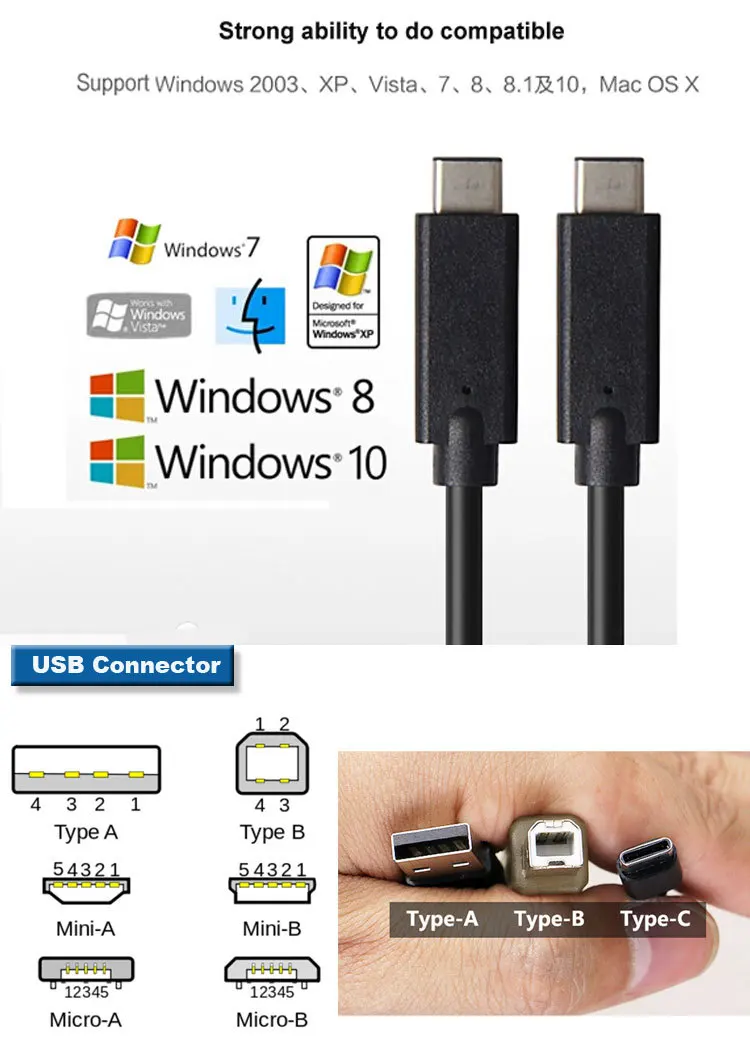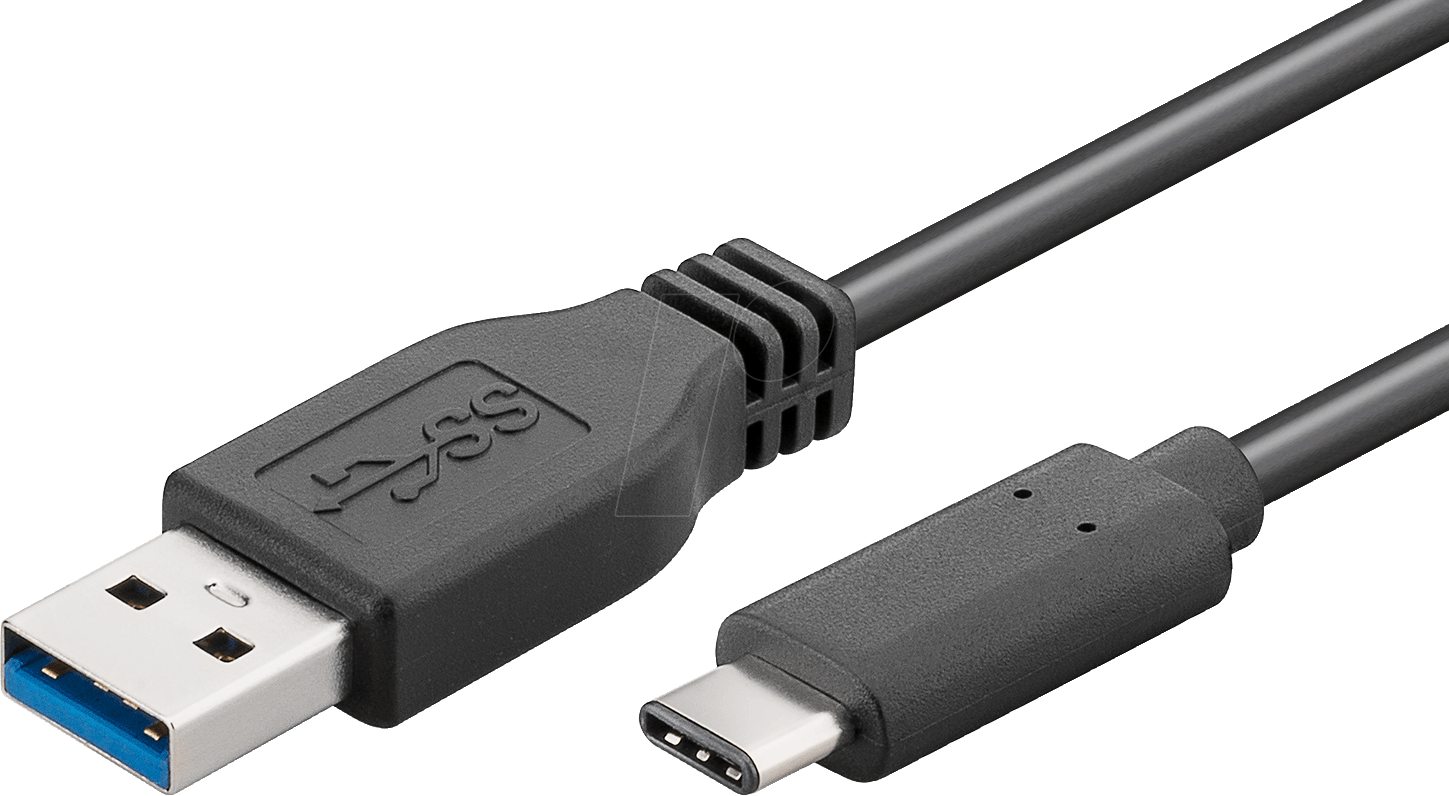

Difference between USB and USB-C Connector Every major tech company is now embracing the new USB-C standard on all their devices.

Full-featured USB-C cables with USB 3.1 Gen 2 specification are powerful enough to carry data at up to 10 gigabits per second, which is a super high data transfer rate. They are capable of carrying up to 100 watts of power, so you can quickly charge your full-size electronic devices such as laptops, smartphones, etc. USB-C cables are super versatile and more powerful than its predecessors. For one, it’s smaller and thinner so it can fit literally into just any tiny device along with the normal sized ones. USB-C is a much improved and advanced upgrade to the previous USB standards. USB 3.1 is a tiny connector system that is commonly found today in laptops, smartphones and tablets. It is a 24-pin connector, just like a micro USB connector, that supports the latest USB standards like the USB 3.1, facilitating faster data transfers of up to 10 Gbps. USB-C, officially known as USB Type-C, is a relatively new industry-standard connector for transmitting data and power to and from computing devices. A subsequent release of the USB 3.0 was late released as USB 3.1, which is also known as “SuperSpeed+”, and which is capable transfer rates of up to 10 Gbps. There are three versions of USB as prescribed by the USB Implementers Forum – a group responsible for promoting and marketing the USB – namely, USB 1.0, USB 2.0 and USB 3.0. On desktop computers, laptops, tablets and peripherals you will typically find at least one of these three types of USB ports. Most of the USB connector variants are centered on three basic types – Mini-USB, Micro-USB and USB-C. USB connectors come in different shapes and sizes. Some form of USB port is also used in gaming consoles, network devices, smart TVs, and other electronic devices, making it truly universal. USB cables are used to charge cell phones, and desktops and laptops accommodate several USB ports for data transfer and connecting other external I/O devices. USB is the most commonly used port used in several different kinds of devices, such as keyboard, mice, cameras, printers, scanners, external HDDs, flash drives, and even networking devices. Universal Serial Bus (USB) is an industry standard plug and play interface for cables and connectors that facilitates communication between computers and peripherals and other devices.


 0 kommentar(er)
0 kommentar(er)
